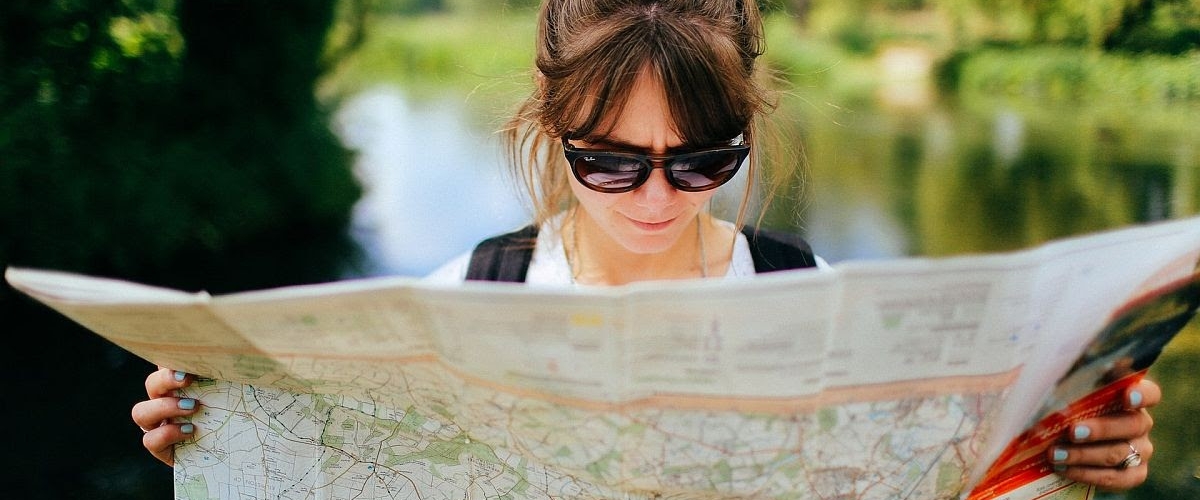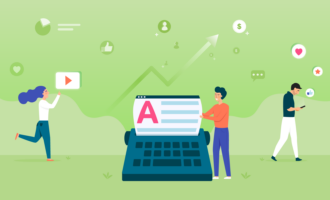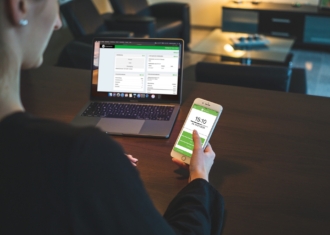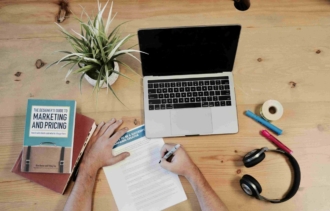How to create a content map
- Create and refine buyer personas
- Define the customer journey
- Match each type of content
- Map existing content and look for gaps
Content marketing is one of the most powerful strategies a brand can use to drive traffic and generate leads.
But that’s only possible with a meticulously planned and seamlessly executed content strategy. In particular, you need to make sure you have content for every stage of your marketing funnel.
And to do that, you need a content map.
What is a content map?
A content map is a plan that demonstrates how each piece of content you create aligns with your buyer personas and your marketing funnel.
It’s a way to visualize and organize your content marketing efforts so you can ensure you’re delivering the right piece of content to the right person at the right stage in their customer journey.
Why create a content map?
Organization aside, a content map is a great way to make sure your team is on the same page when it comes to content creation. It can also help you better understand your customers, their needs, and their pain points. In turn, this will allow you to create much more useful content.
Plus, a content map can help you spot any holes in your existing content marketing strategy. You’ll be able to eliminate irrelevant topics and categories, and identify areas where content is currently lacking. That will make brainstorming new article topics a breeze.

How to create a content map in four steps
If you’re looking to supercharge your content marketing efforts, follow these four steps to create your own today.
1. Create and refine buyer personas
Buyer personas are central to a content map. For those who don’t know, a buyer persona is an in-depth description of someone who represents your target customer, explains digital marketing writer Christina Newberry. “You’ll give this customer persona a name, demographic details, interests, and behavioral traits,” she says.
Take your time creating these personas and really try to dig deep. Interviewing your current customers can be a great way to understand how they think and feel. The more detailed your buyer persona, the more effective your content map will be.
Bear in mind that if several different groups of people buy your products, you may need more than one buyer persona. That’s not a problem — it just means your content map will be slightly more complex.
2. Define the customer journey
Once you know who your typical customers are, it’s time to understand their journey. The customer journey or funnel is typically split up into several distinct phases. These include
- Awareness
- Engagement
- Consideration
- Purchase
These stages may differ depending on your sector and your product, but they will be relevant to the vast majority of companies. The journey is unlikely to be that straightforward, though.
Customer journeys are much more convoluted than they once were, writes Aaron Agius, co-founder of digital marketing agency Louder. Online. The journey is so complex that depicting it linearly no longer makes sense.
“For this reason, savvy business leaders use a variety of ways of representing the journey, from Post-it notes on a boardroom wall, to Excel Spreadsheets, to infographics,” he writes. “The most important thing is that the map makes sense to those who’ll be using it.”
3. Match each type of content to each stage of the funnel
With your buyer personas established and your customer journey mapped out, you can finally start looking at content. Now it’s time to align different types of content and different topics to each stage of the customer journey using what you know about your customers.
Not every type of content is going to work at each stage of the journey or for each type of customer, explains Michael Georgiou, co-founder of web and mobile app development company Imaginovation.
“You do not want to send beginner’s content to someone who has been on your email list for some time now, or worse, to someone who has already showed interest in your services,” he writes. “Similarly, you want to be careful not to push for a sale too early on with a lead or they might just unsubscribe from your email list.”
If you get stuck, ask yourself what your personas want to achieve at each stage of the journey. Consumers at the very start of the customer journey won’t be ready for promotional, sales-focused content. Infographics and informational blog posts are much more suitable. But those at the bottom may be ready for in-depth case studies and articles that compare your product to those of your competitors.
4. Map existing content and look for gaps
This final stage is about bringing it all together. Map your existing content to your customer journey and note which buyer personas you’re targeting and what type of content you’re using to get a full view of your current assets.
Ideally, your content will mirror the shape of your marketing funnel. There will be more content targeting the top of the customer journey and fewer pieces targeting the very bottom.
But don’t worry if your map doesn’t mirror the funnel or you don’t have much content targeting one or more personas. One of the main reasons for mapping your content is to understand where you can improve going forward, writes Alexandra Tachalova, founder of link-building agency Digital Olympus.
“It helps you shift the focus of your content from what you think is important to your audience to what is actually important to them,” she says. “There’s a big difference between what you think about your users’ interests and what your users actually think.”
Not only does your content map help you understand how successful your efforts have been to date, it gives you a roadmap for the future.















































































Send Comment: